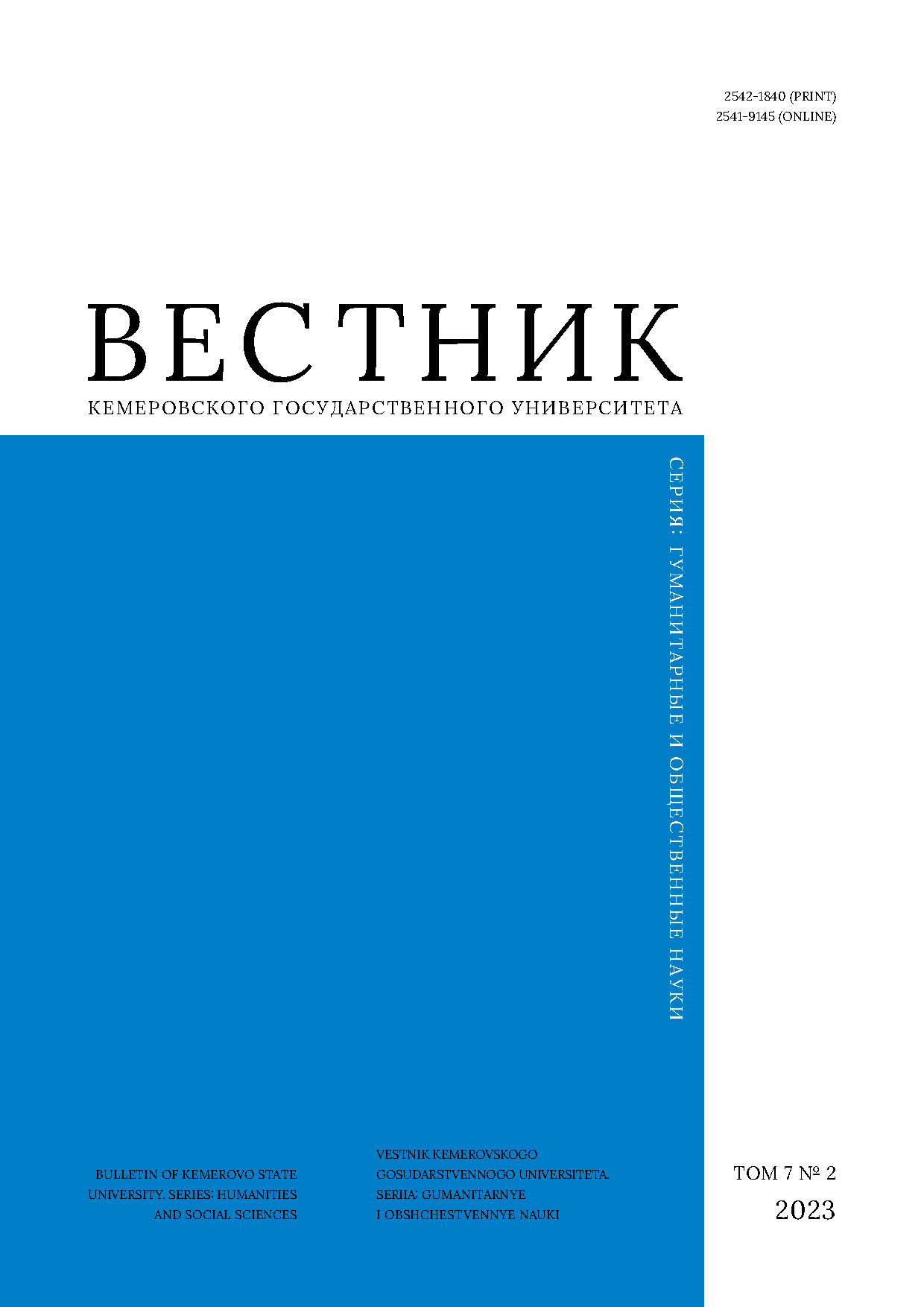Kemerovo, Russian Federation
he research applied a comprehensive approach to the psychological, forensic, and investigative aspects of arson and fire-related murders. The author studied criminal cases and forensic acts that involved burnt corpses. Together with the official criminal statistics, the data made it possible to formulate the following null hypothesis: arsonists, self-immolators, and murders who use fire or imitate a fire-related accident all share a certain psychological profile and tend to develop an identifiable situation at the scene of crime. As a rule, they leave specific evidence, e.g., containers with remnants of a combustible substance, props, traces of chlorpromazine in the blood of the victim, special tools, etc., which can help to build up versions about the incident, the criminal, their motives, etc. The research resulted in an optimal set of operational-search measures aimed at solving the problems of identifying potential arsonists. The author believes that arson correlates not with sexual tension, as previously thought, but with autism disorders.
arson, pyromaniacs, suicide, murder, autism
1. Ragulina A. V. Criteria of limited sanity. "Chernye dyry" v Rossiiskom zakonodatelstve, 2002, (2): 70-74. (In Russ.)
2. Kaplan G. I., Sadok B. J. Clinical psychiatry. Moscow: Meditsina, 1994, vol. 1, 672. (In Russ.)
3. Starshenbaum G. V. Dynamic psychiatry and clinical psychotherapy. Moscow: Vyssh. shk. psikhologii, 2003, 367. (In Russ.) https://elibrary.ru/qldyih
4. Galant I. B. Psychoses in the works of Maxim Gorky. Leningrad: Prakticheskaia meditsina, 1928, iss. 2, vol. IV, 112. (In Russ.)
5. The American psychiatric press textbook of psychiatry. 3rd ed., eds. Hales R. E., Yudofsky S. C., Talbott J. A. Washington: American psychiatric press, 1999, 1762.
6. Lebedeva D. S. Addictive behavior: a modern look at old problems. Zhurnal psikhiatrii i meditsinskoi psikhologii, 2004, (4): 76-79. (In Russ.)
7. Kästle H. Brandstiftung. Erkennen, Aufklären, Verhüten. Stuttgart: Borberg-Verlag, 1992, 245.
8. Akhmedshin R. L. Psychological and criminalistic characteristics of a socially maladapted criminal personality. Cand. Jurispr. Sci. Diss. Tomsk, 1999, 180. (In Russ.) https://www.elibrary.ru/nlnfcp
9. Simonit F., Da Broi U., Desinan L. The role of self-immolation in complex suicides: a neglected topic in current literature. Forensic Science International, 2020, 306. https://doi.org/10.1016/j.forsciint.2019.110073
10. Tatsumi S., Noda H., Sugiyama S. An autopsy case of a charred body which committed suicide after arson. Legal Medicine, 2000, 2(2): 110-114. https://doi.org/10.1016/S1344-6223(00)80034-6
11. Alexandri M., Koukoulis A.-N., Tsellou M., Papadodima S. A burned body with a shotgun head injury found on an "altar" made of banknotes: A case report from Greece and brief review of the literature. Legal Medicine, 2021, 51. https://doi.org/10.1016/j.legalmed.2021.101882
12. Drapezo R. G. Operational and investigative characteristics of the "hired torch" on the Internet with some elements of tactics. Problems of combating crime in the context of digitalization: theory and practice: Proc. XVIII Intern. Sci.-Prac. Conf., Barnaul, 29 Jun 2020. Barnaul: ASU, 2020, 82-88. (In Russ.) https://www.elibrary.ru/drtrrr
13. Obraztsov V. A., Bogomolova S. N. Forensic psychology: methods, recommendations, and investigation practice. Moscow: IuNITI, 2002, 448. (In Russ.)
14. Ovchinskii V. S. Criminology and biotechnology. Moscow: Norma, 2005, 192. (In Russ.)
15. Noy I. S. Methodological problems of Soviet criminology. Saratov: Saratov University, 1975, 222. (In Russ.)
16. Efroimson V. P. Genius and genetics: biosocial mechanisms and factors of the highest intellectual activity. 5th ed. Moscow: Vremia znanii, 2011, 374. (In Russ.) https://www.elibrary.ru/qycofn
17. Drapezo R. G., Goldschmidt E. S. Socio-forensic profile of the identity of homicide using fire as a tool for crime concealing. Psychology and Law, 2020, 10(1): 55-72. (In Russ.) https://www.elibrary.ru/odpfov
18. Dubinin N. P., Karpets I. I., Kudryavtsev V. N. Genetics, behavior, and responsibility: the nature of antisocial acts and ways to prevent them. 2nd ed. Moscow: Politizdat, 1989, 351. (In Russ.) https://www.elibrary.ru/zgwszd
19. Komissarov V. S., Yani P. S. Provocative and inciting activities in relation to an executive officer as a condition releasing from liability imposed for bribetaking. Zakonnost, 2010, (9): 3-8. (In Russ.) https://www.elibrary.ru/nbgxqz
20. Eliasberg W. Review of Pathological Firesetting (Pyromania), by H. Yarnell & Nolan D. C. Lewis. The Journal of Criminal Law, Criminology, and Police Science, 1953, 43(6): 801-802. https://doi.org/10.2307/1139764
21. Grant J. E., Won Kim S. Clinical characteristics and psychiatric comorbidity of pyromania. The Journal of clinical psychiatry, 2007, 68(11): 1717-1722. https://doi.org/10.4088/JCP.v68n1111
22. Vinkers D. J., Beurs E. de, Barendregt M., Rinne T., Hoek H. W. The relationship between mental disorders and different types of crime. Criminal Behaviour and Mental Health, 2011, 21(5): 307-320. https://doi.org/10.1002/cbm.819
23. Quinsey V. L., Chaplin T. C., Upfold D. Arsonists and sexual arousal to fire setting: correlation unsupported. Journal of Behavior Therapy and Experimental Psychiatry, 1989, 20(3): 203-209. https://doi.org/10.1016/0005-7916(89)90024-4
24. Allely C. S. Firesetting and arson in individuals with autism spectrum disorder: a systematic PRISMA review. Journal of Intellectual Disabilities and Offending Behaviour, 2019, 10(4): 89-101. https://doi.org/10.1108/JIDOB-11-2018-0014
25. Akbaeva D. Zh., Bobrova V. V. The rate of people with autism spectrum disorder in the world and alternative methods of its correction and treatment. Nauchnoe obozrenie. Pedagogicheskie nauki, 2019, (1): 54-58. (In Russ.) https://www.elibrary.ru/yznapb


















